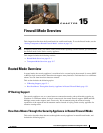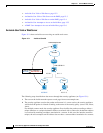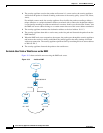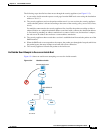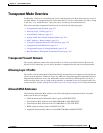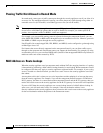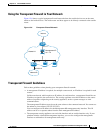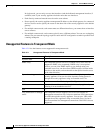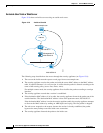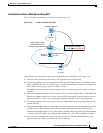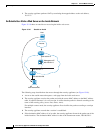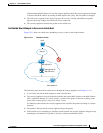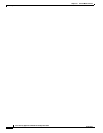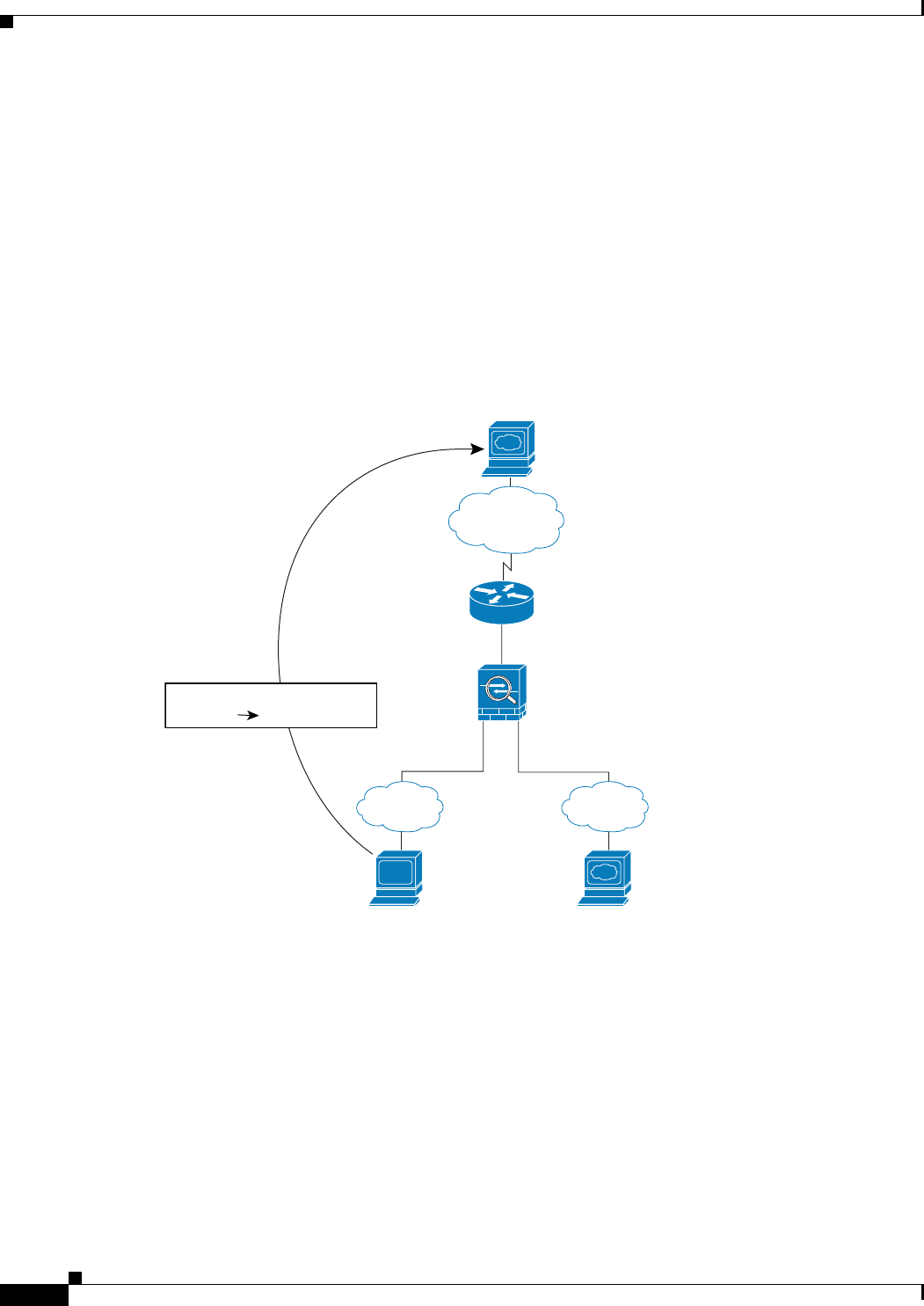
15-2
Cisco Security Appliance Command Line Configuration Guide
OL-12172-01
Chapter 15 Firewall Mode Overview
Routed Mode Overview
• An Inside User Visits a Web Server, page 15-2
• An Outside User Visits a Web Server on the DMZ, page 15-3
• An Inside User Visits a Web Server on the DMZ, page 15-4
• An Outside User Attempts to Access an Inside Host, page 15-5
• A DMZ User Attempts to Access an Inside Host, page 15-6
An Inside User Visits a Web Server
Figure 15-1 shows an inside user accessing an outside web server.
Figure 15-1 Inside to Outside
The following steps describe how data moves through the security appliance (see Figure 15-1):
1. The user on the inside network requests a web page from www.example.com.
2. The security appliance receives the packet and because it is a new session, the security appliance
verifies that the packet is allowed according to the terms of the security policy (access lists, filters,
AAA).
For multiple context mode, the security appliance first classifies the packet according to either a
unique interface or a unique destination address associated with a context; the destination address
is associated by matching an address translation in a context. In this case, the interface would be
unique; the www.example.com IP address does not have a current address translation in a context.
Web Server
10.1.1.3
www.example.com
User
10.1.2.27
209.165.201.2
10.1.1.110.1.2.1
Source Addr Translation
209.165.201.1010.1.2.27
Outside
Inside DMZ
92404



